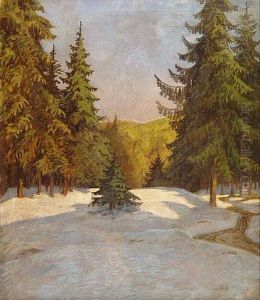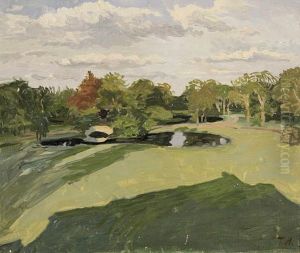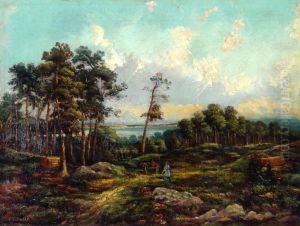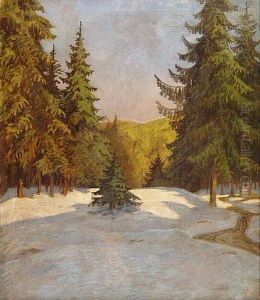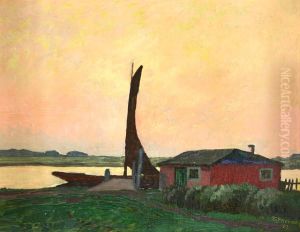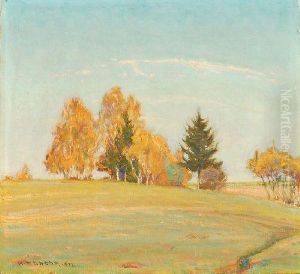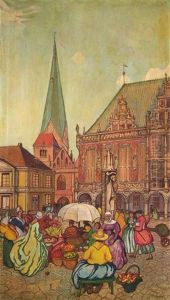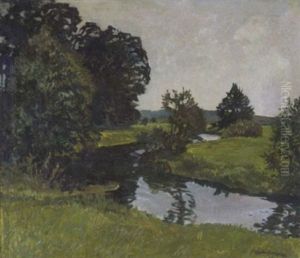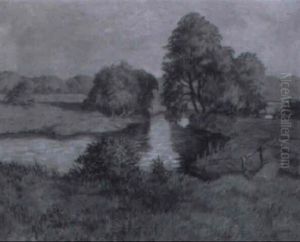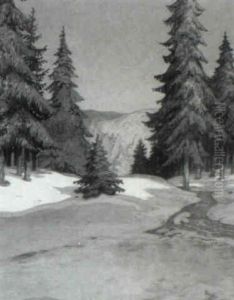Theodor Herrmann Paintings
Theodor Herrmann was a German painter and graphic artist whose work spanned much of the 20th century. Born on November 13, 1890, in Stuttgart, Germany, Herrmann was part of the generation of artists who were active before World War I and continued to practice their art through the tumultuous events of the 20th century, including two world wars and significant cultural and political changes in Europe.
Herrmann's artistic education began at the Stuttgart Academy of Fine Arts, where he honed his skills in painting and printmaking. He was influenced by the prevailing artistic movements of his time, including Expressionism and later, New Objectivity (Neue Sachlichkeit), which emerged in Germany in the 1920s as a reaction to the extreme subjectivity of expressionism. Herrmann's work often depicted landscapes, urban scenes, and the human figure, characterized by a clear, structured style and a focus on the objective representation of reality.
During the Nazi regime in Germany, Herrmann, like many other artists, faced restrictions on his artistic expression. The Nazi authorities condemned modern art styles, such as Expressionism and New Objectivity, labeling them 'degenerate.' Despite these challenges, Herrmann continued to work and adapt his style, albeit under the radar of the regime's most severe restrictions.
After World War II, Theodor Herrmann's work began to receive more widespread recognition. He continued to exhibit his work and was involved in the reconstruction of the cultural landscape in post-war Germany. He remained active in the Stuttgart art scene until his later years, contributing to the cultural life of the city through his teaching and his art.
Theodor Herrmann passed away on April 11, 1970, in Stuttgart. His legacy lives on in the collections of German museums and galleries, and he is remembered as a resilient figure in the art world who navigated the challenges of his time with perseverance and dedication to his craft.
